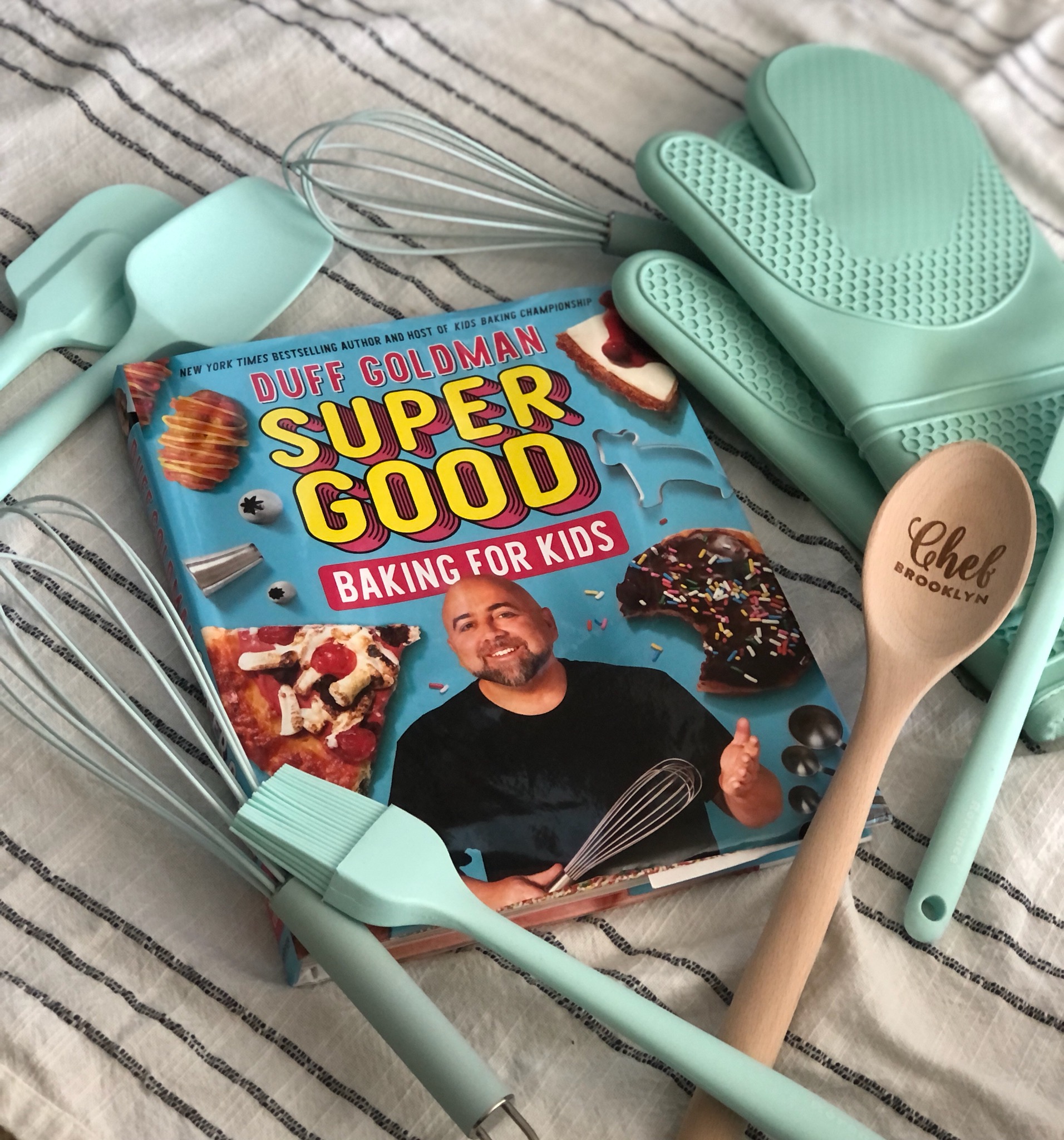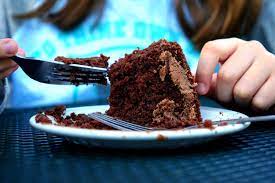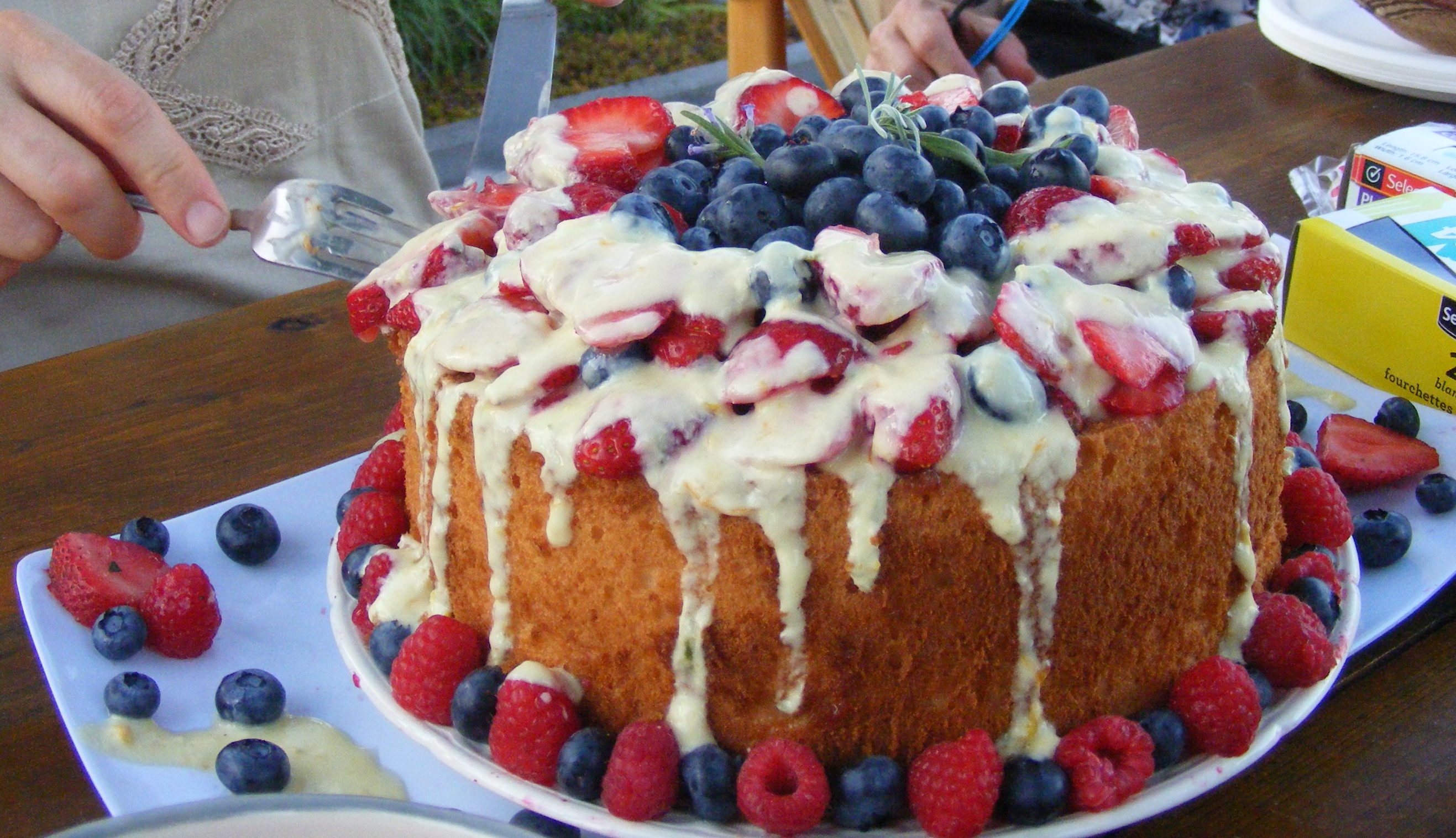A Few Fun, Geeky Things You {Likely} Didn’t Know About Cakes
My nine year old daughter, Brooklyn, wants to either be a dentist or a baker when she grows up :) She says she wants to name her bakery “Brookie’s Cookies”, so I can see why she wants to be a baker--finding a name is half the battle and she’s got a perfect name laid out and she happens to be a great little young baker so she is all set!
This year for Christmas, we got her some cute baking accessories in her favorite color, a cute mint green, a cute personalized wooden spoon we got from Amazon, and her favorite baking cookbook. She could not have been more excited! I have talked about Duff Goldman’s cookbook, “Super Good Baking for Kids”, before because it is such a great cookbook and not just for kids.

We love watching Duff Goldman around here as a judge on Kids Baking Championships on Food Network. He is so funny and great with the kids and his cookbook is no different. I highly recommend getting this cookbook if you have any kids or grandkids that like to bake. They have likely heard of Duff and would love it!
I appreciate how much detail and information there is in each section to educate kids about the science of baking. Duff knows how dang smart kids are, especially since he gets to witness first hand all the time how great kids are at baking at such a young age! My daughter is one who loves learning all the fun, sciencey stuff behind why baking works as it does, just like I do.
I was particularly fascinated by learning all about cakes and the different kinds and why they have or don’t have certain ingredients, and what makes them rise. I wanted to share a few fun, new things I learned about baking from his cookbook that I hope you will enjoy too.
The Science of Cakes
Most cakes rise because of the chemical reaction that occurs when you use either baking soda or baking powder in them, but did you know that there are three different ways that a cake can rise?
1. Chemical Leavening. This is the type of reaction I was just talking about when you use baking soda or baking powder and a cake rises because of the reaction that occurs when you use a base (baking soda) and mix it with an acid (something like vinegar) to create carbon dioxide bubbles that release gas when baking to make it rise as it bakes. Some different acids you might use to add to a recipe with baking soda could be vinegar, lemon juice, brown sugar, buttermilk, yogurt or honey.
Baking powder consists of a mixture of baking soda and cream of tartar (which is an acid), so the two of these react to make the cake rise as it bakes. When a container of baking powder says “double acting” on it, this is referring to rising initially when the batter gets wet, as well as rising again when it gets hot in the oven.

2. Mechanical Leavening. This type of rising occurs from physically “whipping air” into the batter. When air gets hot, it expands, so if hot air is trapped in the cake batter, it will rise as it bakes in the hot oven. This type of reaction occurs when you cream butter and sugar together, whip eggs, knead dough or just mix dough--all of these processes add air to the batter so that it rises how it should. That is why you should always mix things as long as it tells you in the recipe, no matter if it seems redundant and too long.
3. Biological Leavening. This is the type of reaction that occurs when yeast, which is a single-celled fungus, eats sugar and converts it to carbon dioxide. The more sugar the yeast eats, the more the cake will rise as it releases gas while baking.
Types of Cakes
While we mainly think of “cake” as the type that we are used to for a birthday cake, like your standard chocolate or vanilla, there are many types of cakes out there, like pound cakes and cheesecakes. This could be a fun thing to try making all the different kinds with your kids or just you this year, and see what kinds are your favorites to make.
1. High Ratio Cake. This is the standard cake we are most used to in America--most cake mixes and bakery cakes are this kind as well. The sugar equals or exceeds the weight of flour for these cakes. They are very sweet and dense with a dense crumb.
2. Pound Cake. These cakes have equal portions of flour, butter, sugar and eggs. These cakes are also dense and sweet and are commonly glazed and are great with coffee or tea.
3. Sponge Cake. This is a cake that uses whipped eggs that are folded in the batter to make it rise, rather than baking soda or baking powder. These are typically a little on the dry side, so they often require a simple syrup to keep them moist.
4. Angel Food Cake. This is a type of sponge cake, but with egg whites only--no yolks. It is very light and airy and is often used for strawberry shortcake.

5. Chiffon Cake. This is a hybrid cake that has oil, baking powder and whipped egg whites and yolks. The texture is very light, but the flavor is very rich.
6. Flourless Cake. These cakes are made with eggs, but no flour. They are denser than sponge cakes--a cheesecake is a good example of a flourless cake.

What is your favorite cake to make? I absolutely love making pound cakes, but I’ve got a mean chocolate cake that is the most requested birthday cake from family members. I haven’t made a few of these types of cakes yet so I would love to try some new types this year with my daughter.
blog comments powered by Disqus
This year for Christmas, we got her some cute baking accessories in her favorite color, a cute mint green, a cute personalized wooden spoon we got from Amazon, and her favorite baking cookbook. She could not have been more excited! I have talked about Duff Goldman’s cookbook, “Super Good Baking for Kids”, before because it is such a great cookbook and not just for kids.

We love watching Duff Goldman around here as a judge on Kids Baking Championships on Food Network. He is so funny and great with the kids and his cookbook is no different. I highly recommend getting this cookbook if you have any kids or grandkids that like to bake. They have likely heard of Duff and would love it!
I appreciate how much detail and information there is in each section to educate kids about the science of baking. Duff knows how dang smart kids are, especially since he gets to witness first hand all the time how great kids are at baking at such a young age! My daughter is one who loves learning all the fun, sciencey stuff behind why baking works as it does, just like I do.
I was particularly fascinated by learning all about cakes and the different kinds and why they have or don’t have certain ingredients, and what makes them rise. I wanted to share a few fun, new things I learned about baking from his cookbook that I hope you will enjoy too.
The Science of Cakes
Most cakes rise because of the chemical reaction that occurs when you use either baking soda or baking powder in them, but did you know that there are three different ways that a cake can rise?
1. Chemical Leavening. This is the type of reaction I was just talking about when you use baking soda or baking powder and a cake rises because of the reaction that occurs when you use a base (baking soda) and mix it with an acid (something like vinegar) to create carbon dioxide bubbles that release gas when baking to make it rise as it bakes. Some different acids you might use to add to a recipe with baking soda could be vinegar, lemon juice, brown sugar, buttermilk, yogurt or honey.
Baking powder consists of a mixture of baking soda and cream of tartar (which is an acid), so the two of these react to make the cake rise as it bakes. When a container of baking powder says “double acting” on it, this is referring to rising initially when the batter gets wet, as well as rising again when it gets hot in the oven.

2. Mechanical Leavening. This type of rising occurs from physically “whipping air” into the batter. When air gets hot, it expands, so if hot air is trapped in the cake batter, it will rise as it bakes in the hot oven. This type of reaction occurs when you cream butter and sugar together, whip eggs, knead dough or just mix dough--all of these processes add air to the batter so that it rises how it should. That is why you should always mix things as long as it tells you in the recipe, no matter if it seems redundant and too long.
3. Biological Leavening. This is the type of reaction that occurs when yeast, which is a single-celled fungus, eats sugar and converts it to carbon dioxide. The more sugar the yeast eats, the more the cake will rise as it releases gas while baking.
Types of Cakes
While we mainly think of “cake” as the type that we are used to for a birthday cake, like your standard chocolate or vanilla, there are many types of cakes out there, like pound cakes and cheesecakes. This could be a fun thing to try making all the different kinds with your kids or just you this year, and see what kinds are your favorites to make.
1. High Ratio Cake. This is the standard cake we are most used to in America--most cake mixes and bakery cakes are this kind as well. The sugar equals or exceeds the weight of flour for these cakes. They are very sweet and dense with a dense crumb.
2. Pound Cake. These cakes have equal portions of flour, butter, sugar and eggs. These cakes are also dense and sweet and are commonly glazed and are great with coffee or tea.
3. Sponge Cake. This is a cake that uses whipped eggs that are folded in the batter to make it rise, rather than baking soda or baking powder. These are typically a little on the dry side, so they often require a simple syrup to keep them moist.
4. Angel Food Cake. This is a type of sponge cake, but with egg whites only--no yolks. It is very light and airy and is often used for strawberry shortcake.

5. Chiffon Cake. This is a hybrid cake that has oil, baking powder and whipped egg whites and yolks. The texture is very light, but the flavor is very rich.
6. Flourless Cake. These cakes are made with eggs, but no flour. They are denser than sponge cakes--a cheesecake is a good example of a flourless cake.

What is your favorite cake to make? I absolutely love making pound cakes, but I’ve got a mean chocolate cake that is the most requested birthday cake from family members. I haven’t made a few of these types of cakes yet so I would love to try some new types this year with my daughter.
Sources:
- www.commons.wikimedia.org
- www.pxhere.com
- “Super Good Baking For Kids” book, Duff Goldman
 Mary Richardson
Mary Richardson
Weekly Newsletter Contributor since 2014
Email the author! mary@dvo.com
